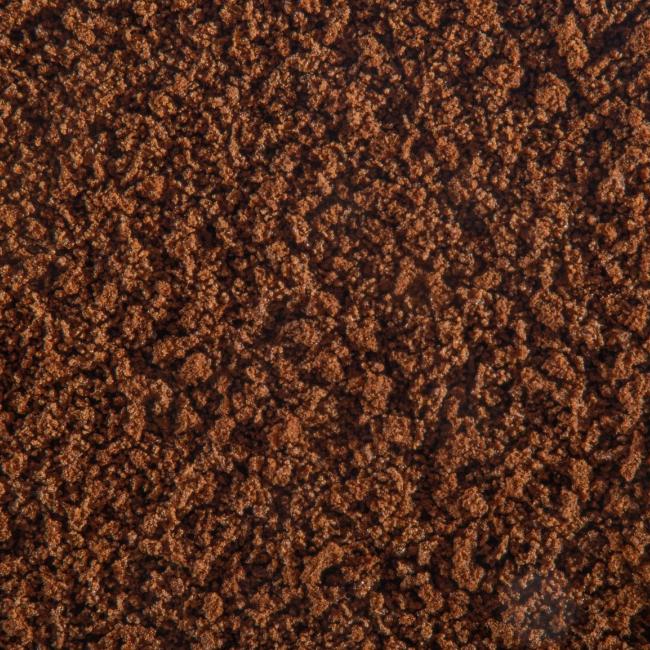Although the form of powders is an important property, little is known about the exact influence it has.
This article discusses:
- What is known about the influence of the form on powders
- What breakage mechanisms are there with powders
- How the fragility of powders can be measured
The experts at Dinnissen Process Technology are available to answer all your questions:
Get in touch with Juul Jenneskens 077 467 3555
The influence of the shape on powders
The shape of the separate powders can influence various powder properties, such as the packaging property and, therefore, the associated bulk density and storage capacity. In addition, the shape also influences the way in which the surface of powders have mutual contact and thus the flow property and performance in processing processes.
Powder particles are often categorized as "soft" on the Mohs hardness scale. This means that it usually causes relatively little abrasion on the surfaces of equipment. In practice, abrasive powders are also used. See the article abrasive and corrosive powders for this. The strength of powders is most interesting when it comes to fragility. In general, it can be said that small powders are more difficult to break than large powders. On the other hand, powders with rough edges break more easily. During processing and transportation, powders are sometimes exposed to forces that cause them to break. This often occurs with granular powders whose structures are weaker and this has not been sufficiently taken into account in the design of an installation. When the powders break, the smaller particles of the powders also cause other problems, such as dusting, undesired product properties and possible associated health and explosion hazards. In addition, a smaller size of powders causes poorer flow properties and segregation of fine powders. Breakage of powders will also change the shape of the powder.

The four different fracture mechanisms
The fragility of powders is complicated, because one and the same powder particle can have different breaking mechanisms. These mechanisms are based on the applied force on the surface. Is it normal or tangential? And with high or low power?
High force in the normal direction leads to splintering of the powders into very much smaller particles of all the same size.Weak force in the normal direction leads to wear and the disappearance of irregularities on the surface of the powders.Weak force in the tangential direction causes wear or erosion of the powder surface, which in turn leads to many small powder particles.High force in the tangential direction results in shredding of the powder surface, creating particles larger in size than powders produced by wear, but the number is less.
All kinds of processes in the processing of powders can cause unwanted breakage of the product. Think of processes such as pneumatic transport or mixing. It is therefore important to take this into account when designing the processes.

Measure fraction
In general it can be said that:
- Breakage of powders is difficult to measure,
- Test methods are highly empirical,
- Test methods have been standardized in some industries. There are no generically applicable test methods available.
In practice, breakage of powders is best tested by exposing the powder to forces and measuring the size distribution before and after the test. This gives a good indication of the breakage sensitivity of powders. For example, the forces on the powders can be created with a bulk density tester, a shear mixer or a pneumatic test set-up.
The degree of breakage can then be determined with different measurement values:
- The difference in median and mean before and after the test of the powder size,
- The difference in powder size distribution before and after the test,
- The difference in the form of the powder before and after the test,
- The difference in tap density and bulk density of the powder before and after the test.
There is therefore no uniform measure of breakage in powders. The different sizes cannot simply be compared with each other and can give completely different results.

Name: Juul Jenneskens
Advisor
Please feel free to contact me if you have any questions about this subject. My team of colleagues and I are ready to answer!
Get in touch with Juul Jenneskens 077 467 3555 [email protected]
Do you prefer to request a consultation directly?
When powders break, the smaller particles cause other problems, such as dust formation, unwanted product properties and possible associated health and explosion hazards
